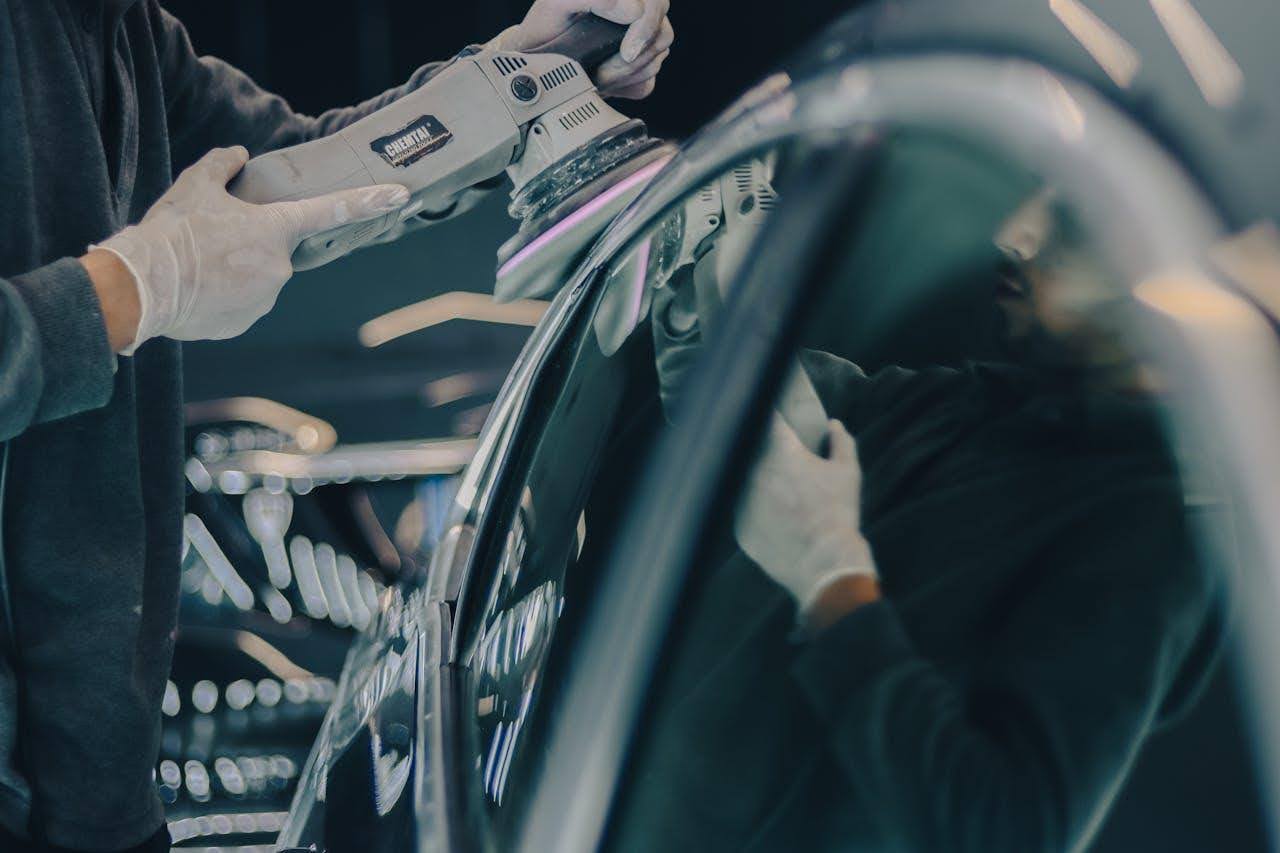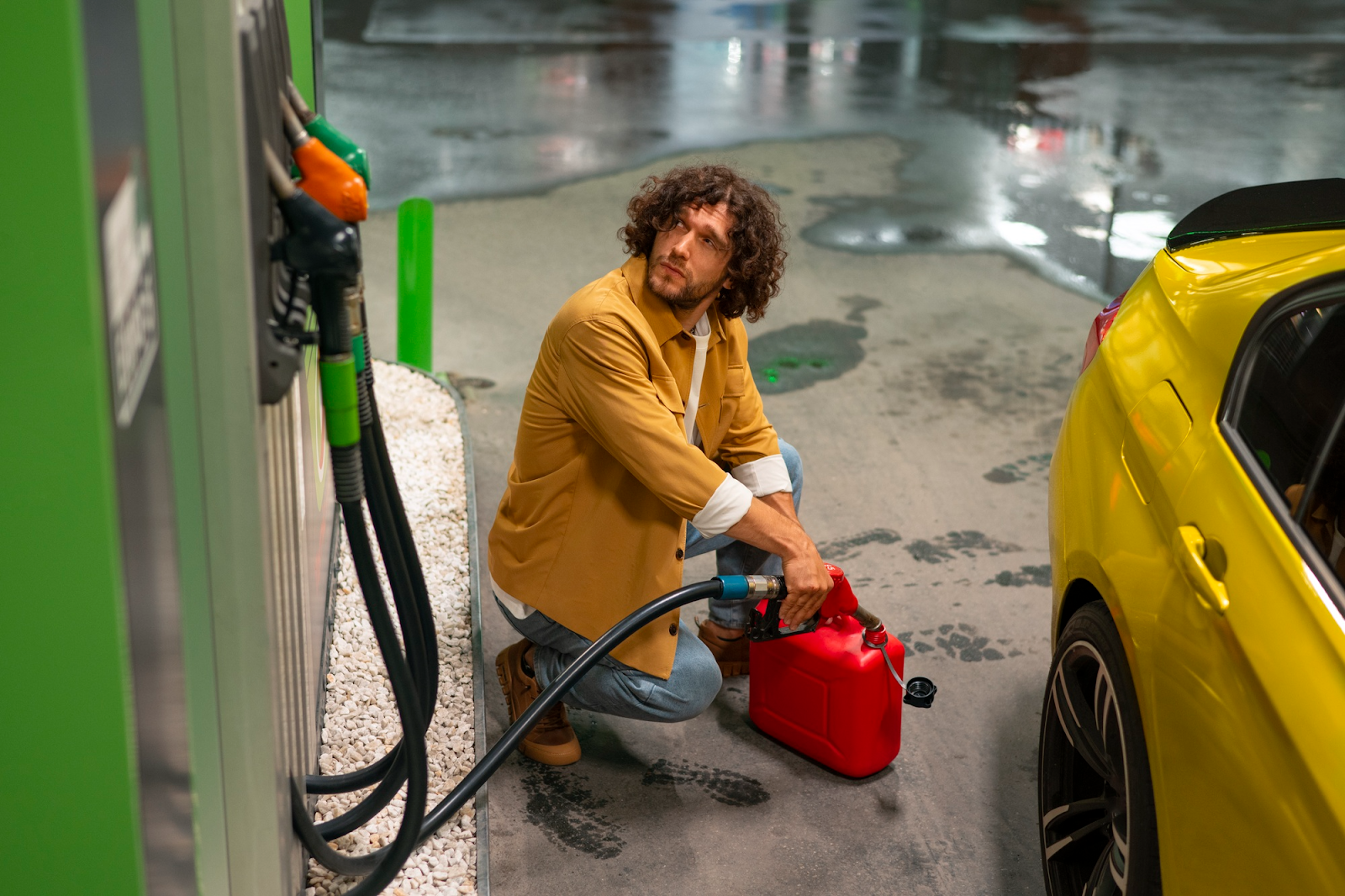Your wheels take a beating every single day. Road salt, brake dust, and UV rays constantly attack their finish, leaving them looking tired and worn. Powder coating offers a durable, attractive solution that can make your wheels look brand new again while protecting them for years to come.
But here’s the thing, rushing into powder coating without proper preparation is like painting over rust. You might get temporary results, but they won’t last.
Clean the Wheels Thoroughly
Even though professional services will clean your wheels again, starting with clean surfaces helps you spot problems and shows you’re serious about quality results. Remove all the brake dust, road grime, and old wax buildup. Use a degreasing agent on areas where oil or grease has accumulated.
Don’t forget about the valve stem area and the inner portions of the wheel where dirt loves to hide. If your wheels have old paint or coating that’s peeling, remove as much loose material as possible. This saves time during the professional preparation process and can reduce your overall costs.
Remove Tires and Valve Stems
This step protects your investment in tires and ensures complete coverage of the wheel surface. Tires can’t withstand the high temperatures used in powder coating, typically around 400 degrees Fahrenheit.
Most tire shops can dismount your tires for a reasonable fee. Make sure to remove the valve stems too, as they’ll need replacement after the coating process anyway. The heat will damage the rubber components.
Store your tires in a cool, dry place while your wheels are being coated. This is also a perfect time to inspect your tires for wear patterns or damage that might need attention.
Choose Your Powder Coating Service Wisely
Not all automotive powder coating services are created equal, especially when it comes to automotive wheels. Look for shops that specialize in wheel coating and understand the unique challenges involved.
Ask about their preparation process. Quality shops will:
- Strip old coatings completely using chemical or media blasting
- Repair minor imperfections in the wheel surface
- Apply proper primer when needed
- Use automotive-grade powders designed for wheel applications
- Cure at appropriate temperatures for the right duration
Mask Critical Areas
Some parts of your wheels shouldn’t be coated. The tire mounting surface needs to remain uncoated for proper tire installation and air seal. Center bore areas might also need masking depending on your vehicle’s requirements.
Professional shops handle this masking, but understanding what gets masked helps you communicate your needs clearly. If you want specific areas left uncoated for aesthetic reasons, discuss this upfront. Quality masking prevents coating buildup in areas where precision fit is critical.
Poor masking can lead to tire mounting problems or wheel balancing issues down the road.
Plan Your Timeline
Powder coating isn’t a same-day service. Quality work takes time, and rushing the process leads to subpar results. Most reputable shops need several days to a week for wheel coating. This includes stripping, preparation, coating, and curing time.
Factor in potential delays during busy seasons or if additional prep work is needed. Have a backup transportation plan ready. Some shops offer loaner wheels, but don’t count on this service being available when you need it.




